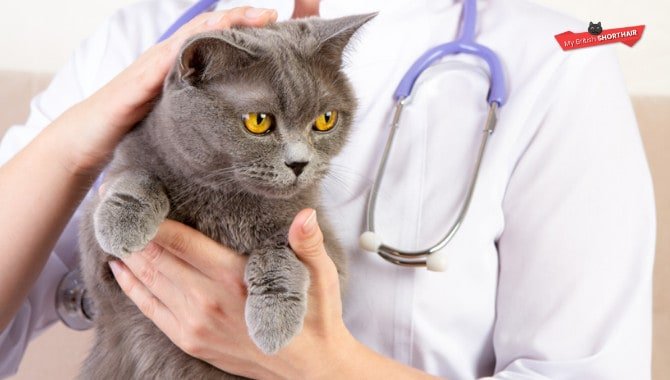Our Socials To Follow Us
British Shorthair in Pop Culture

Introduction The British Shorthair has made notable appearances in various forms of media, captivating audiences with their charming looks and calm demeanor. Here are some interesting instances where British Shorthairs have graced the screen, page, and more: Cheshire Cat in “Alice in Wonderland” One of the most famous British Shorthair appearances is the Cheshire Cat from Lewis Carroll’s “Alice in Wonderland.” The Cheshire Cat’s iconic grin and mischievous personality have made it a beloved character in both the book and its numerous film adaptations1. Church in “Pet Sematary” In Stephen King’s horror novel “Pet Sematary,” the character Church is a British Shorthair. This cat plays a significant role in the story, adding to the eerie and suspenseful atmosphere of the book. Animated Films and TV Shows British Shorthairs have also appeared in animated films and TV shows. For example, they have been featured in the animated adaptation of “Alice in Wonderland” and the popular TV series “Friends,” where the character’s cat, Smelly Cat, is depicted as a British Shorthair. Internet and Social Media In recent years, British Shorthairs have become popular on the internet and social media. Their round faces, chubby cheeks, and plush coats make them look like living teddy bears, leading to numerous viral videos and photos of these adorable cats. Conclusion The British Shorthair’s presence in pop culture highlights their enduring charm and appeal. Whether in classic literature, horror novels, animated films, or social media, these cats continue to capture hearts and imaginations. To learn more about British Shorthairs and their appearances in pop culture, visit our website.








